
About Andrew Cusack
 Writer, web designer, etc.; born in New York; educated in Argentina, Scotland, and South Africa; now based in London.
Writer, web designer, etc.; born in New York; educated in Argentina, Scotland, and South Africa; now based in London. read more
News
Blogs
Reviews & Periodicals
Arts & Design
World
France
Mitteleuropa
Knickerbockers
Argentina
The Levant
Africa
Cape of Good Hope
Netherlands
Scandinavia
Québec
India
Muscovy
Germany
Academica
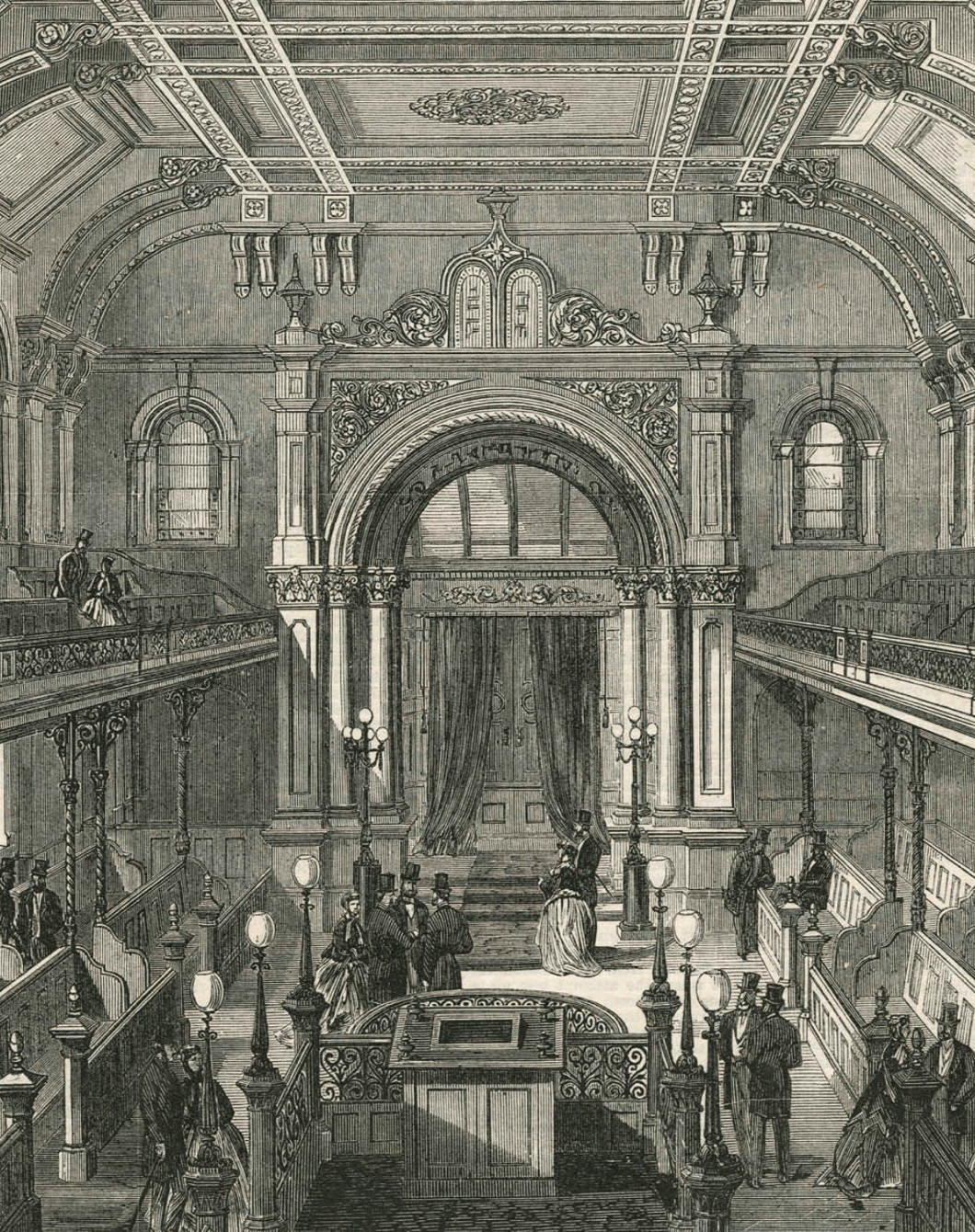
The Borough Synagogue
AS THE MOST ANCIENT of boroughs — and right across the bridge from the City of London itself — Southwark is presumed to have had at least a small Jewish community before the Edict of Expulsion in 1290. Records show the existence of a merchant and moneylender named ‘Isaac of Southwark’ who defended fellow Jews before the Exchequer of the Jews, the special court that dealt with Jewish taxes, fines, and legal cases.
Before 1290, it seems likely any Jews in the Borough would have crossed London Bridge to worship in the Great Synagogue in Old Jewry. After the Edict was rescinded in the seventeenth century, Jewish communities sprang up slowly. Pepys in his diary records a visit to the small Sephardic synagogue in Creechurch Lane in 1663, and by 1690 a new Great Synagogue had opened in the City for Ashkenazi Jews.
Jews in the Borough had their first known place of worship thanks to Mr Nathan Henry (born c. 1764). As a boy, Henry heard the mad Lord George Gordon speak in St George’s Fields (where your humble and obedient scribe is currently situated typing this) which provoked the anti-Catholic Gordon Riots. By a strange twist of fate, that Scottish nobleman ended up converting to Judaism and died in Newgate Prison styling himself Yisrael bar Avraham.
Around 1799, Nathan Henry fitted out a room as a synagogue in his house at No. 2, Market Street near the junction with Newington Causeway. (Market Street was later renamed Dantzic Street after the Baltic city, and is now Keyworth Street after a First World War winner of the Victoria Cross.) Later he roofed over the whole of the yard behind the house with entry gained through the shop at the front, and two rows of gallery seating above for ladies (entered through a bedroom).
Henry’s house-synagogue was small and crowded: it could fit a hundred people in uncomfortable circumstances, but those hundred were not always happy. The proprietor, having built the synagogue, considered himself the sole authority with the right to appoint wardens and office-holders. In 1823 a group of worshippers seceded and found new premises in which to worship in Prospect Place, the south side of what is now St George’s Road. The two synagogues continued in friendly relations and Nathan Henry was largely considered the head of the Jews of the Borough until his death in 1853, after which his house-synagogue shut up shop.
But by the 1860s the need for a new place of worship was apparent. For one thing, the lease on Prospect Place was coming up, and as Rabbi Rosenbaum put it the building was “incommodious, dilapidated, and unsightly, and was not even protection against inclement weather, for the roof admitted the rain and the raising of umbrellas during divine worship was no unusual occurrence”.
A building committee was put together, funds raised (more slowly than anticipated), and a site found in Albion Place, Walworth — soon to become Heygate Street. On 7 April 1867, the Borough New Synagogue was consecrated in a ceremony attended by almost all the Jewish clergy of London. In the evening, many of the congregation repaired to Radley’s Hotel in Bridge Street for a great big hooley to celebrate. The synagogue was accompanied by a boys’ school and a girls’ school both located next door.
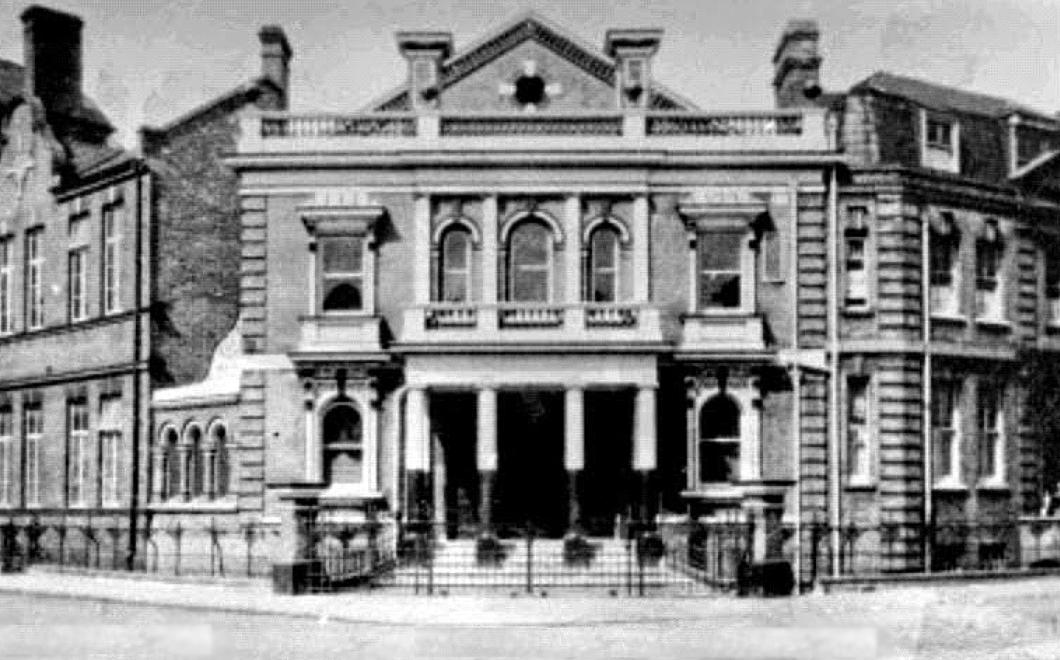
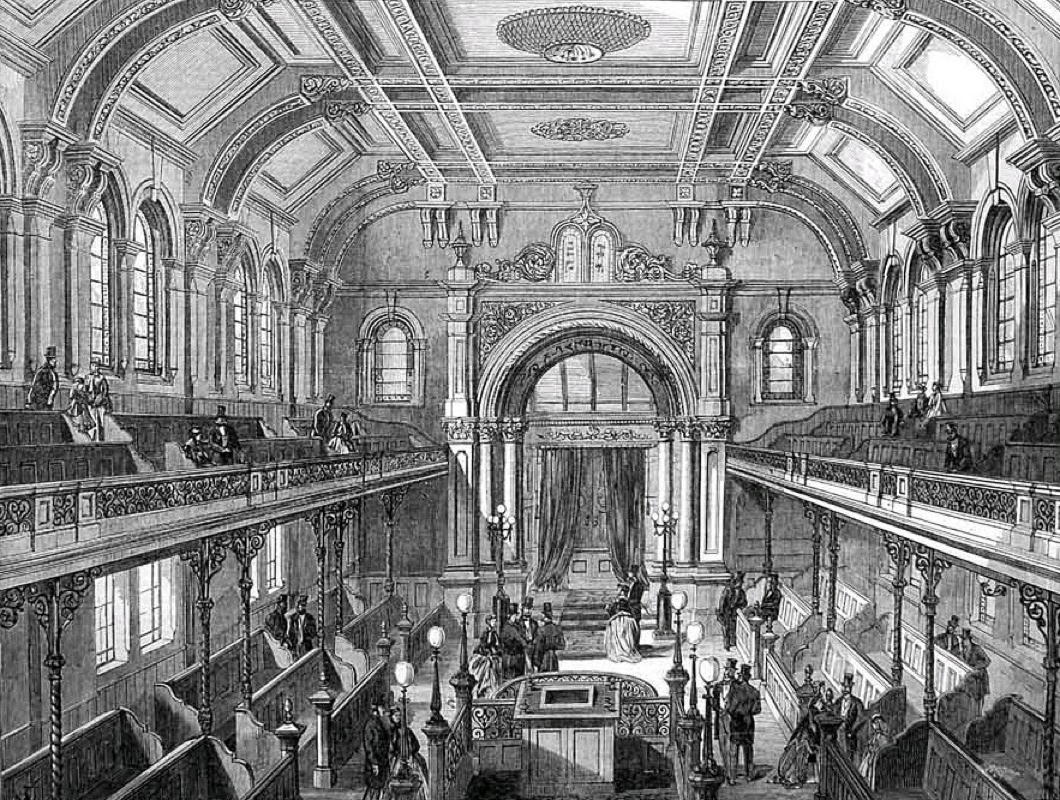
In 1870, the United Synagogue was formed as a union of five British Ashkenazi congregations, and in 1873 the Borough Synagogue was the first new member to be admitted to this body. This helped the members immensely as the congregation didn’t have the money to purchase its own burial ground, and many members felt obliged to maintain dual membership of City synagogues across the river in addition to their own to avoid paying the exorbitant burial fees that applied to non-members.
The first rabbi of the new synagogue was the Rev Simeon Singer, who later became well known for his English translation of the Hebrew siddur, the Authorised Daily Prayer Book, which became the standard text across Anglo-Judaism.
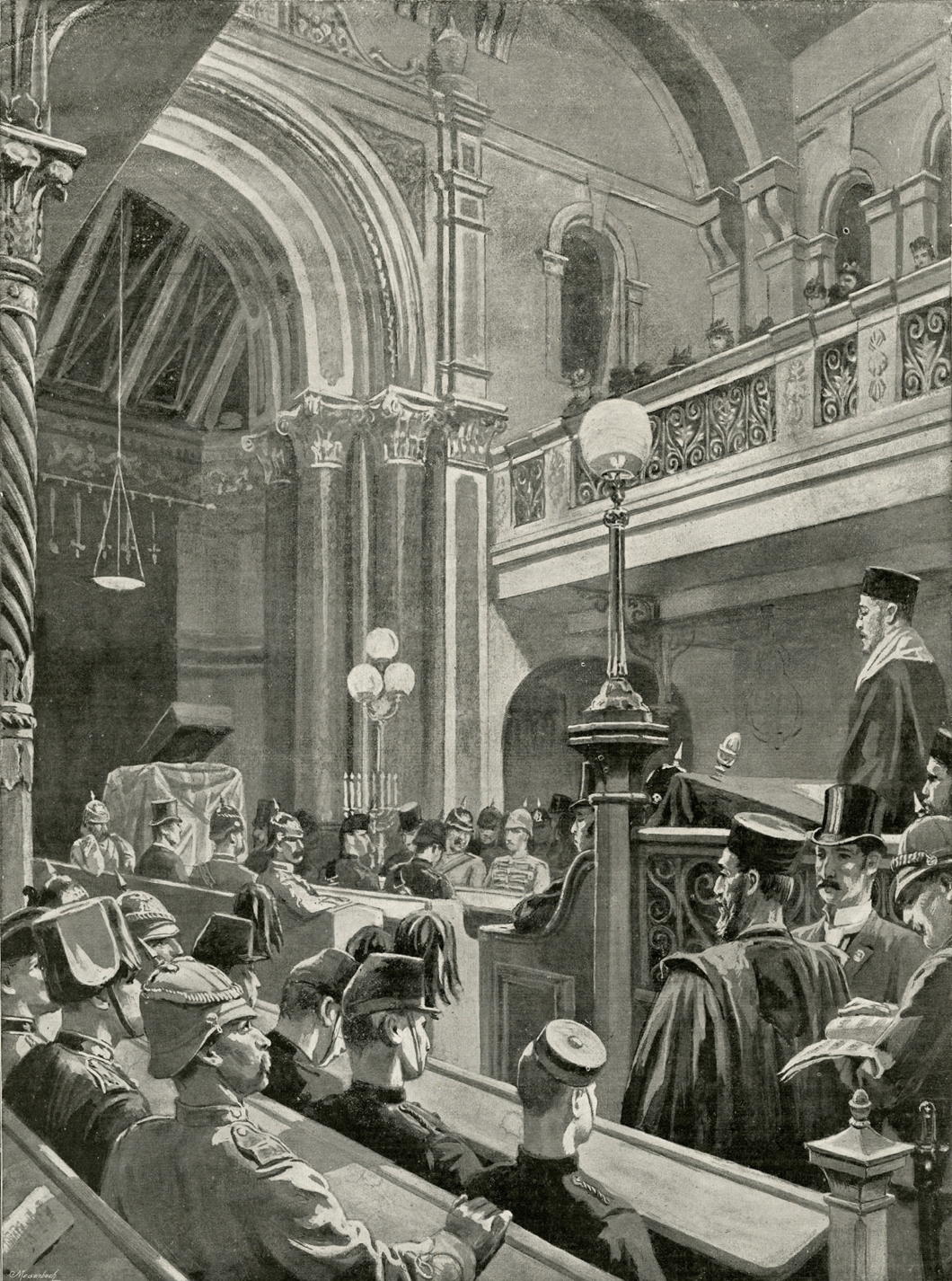
In 1886 the Rev Francis L Cohen was summoned over from Dublin as Reader, Preacher, and Secretary of the Borough Synagogue and proved an influential rabbi in the history of both the congregation and the United Kingdom. Cohen was appointed the British Army’s first Jewish chaplain in 1892 and helped interest Britain’s Jewish communities in both the regular and volunteer forces. Here in the Borough he held the first military Hanukkah service in 1893 but was called away to Sydney in 1904, where he became rabbi of the Great Synagogue there.
Around that time most of the congregation had moved further south to Clapham and to Brixton, where services began to be held. There was some talk of the Borough and Brixton congregations merging but within a few years Walworth had an influx of Jews from the East End, and it was decided to keep Borough open and form Brixton as a proper synagogue in its own right in 1913.
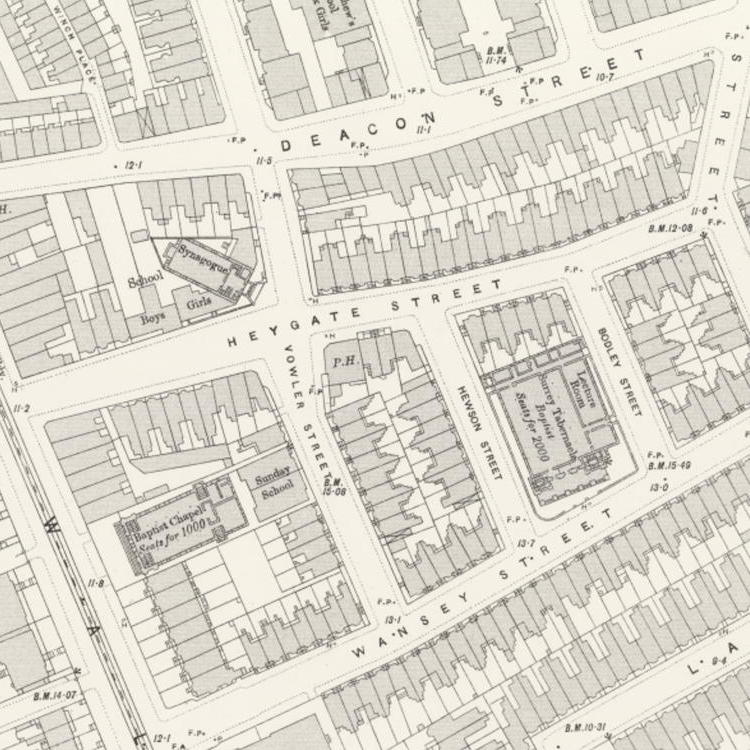
The membership was continually in flux, with older families moving outwards and newcomers joining, but it maintained a fairly healthy number of male seatholders which peaked at 313 in 1930. By that time the synagogue had moved out of the Heygate Street building to the former Surrey Tabernacle in Wansey Street nearby.
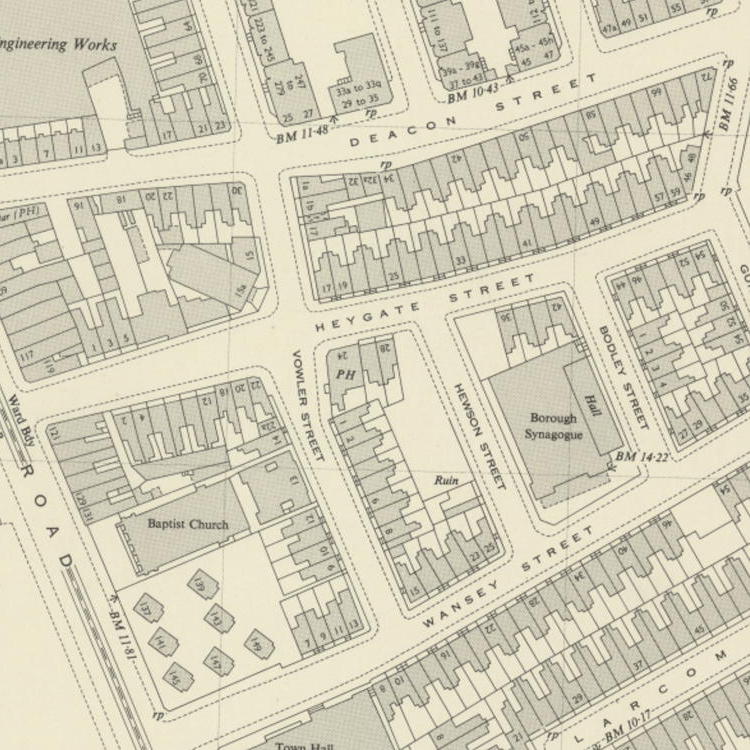
As the former non-conformist chapel could hold 2,000 people, the move was perhaps a sign of unwarranted optimism on the part of the Borough Synagogue. That building managed to survive the Second World War but JCR data shows that by the end of the 1940s the congregation was meeting in a communal hall in Wansey Street — perhaps the Synagogue’s adjacent hall (formerly the lecture room of the Surrey Tabernacle).
In 1961, the Borough congregation merged with the Brixton one it had helped to create. Brixton shut in 1982, merging into its own daughter congregation, the Streatham Synagogue. Now known as the South London Synagogue, it was announced earlier last year that services at Streatham would cease and the synagogue would shut at the end of December 2021, bringing the congregational legacy of the Jews of the Borough to a close.
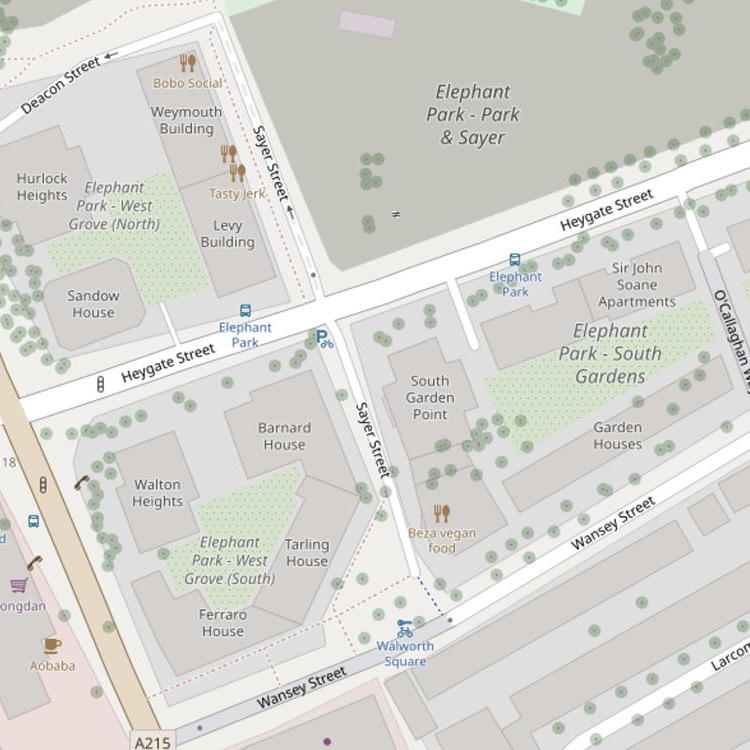
This part of Walworth was largely demolished and subsumed into the dystopian brutalist Heygate Estate in 1971 — often used as a filming location on account of its advanced urban decay. In 2004, Southwark Council agreed to demolish the estate and work commenced in 2011.
Home to over 3,000 mostly low-income people, the Labour-run council have replaced the estate with a mixed development of 2,704 new homes (compared to 1,214 previously) of which only 82 are socially rented.
Having spent £44 million of public money emptying the site, £15 million on demolition, and £21.5 million on planning the redevelopment (over £80 million in total), the Council sold the 22-acre site to Australian property firm Lendlease for a mere £50 million.
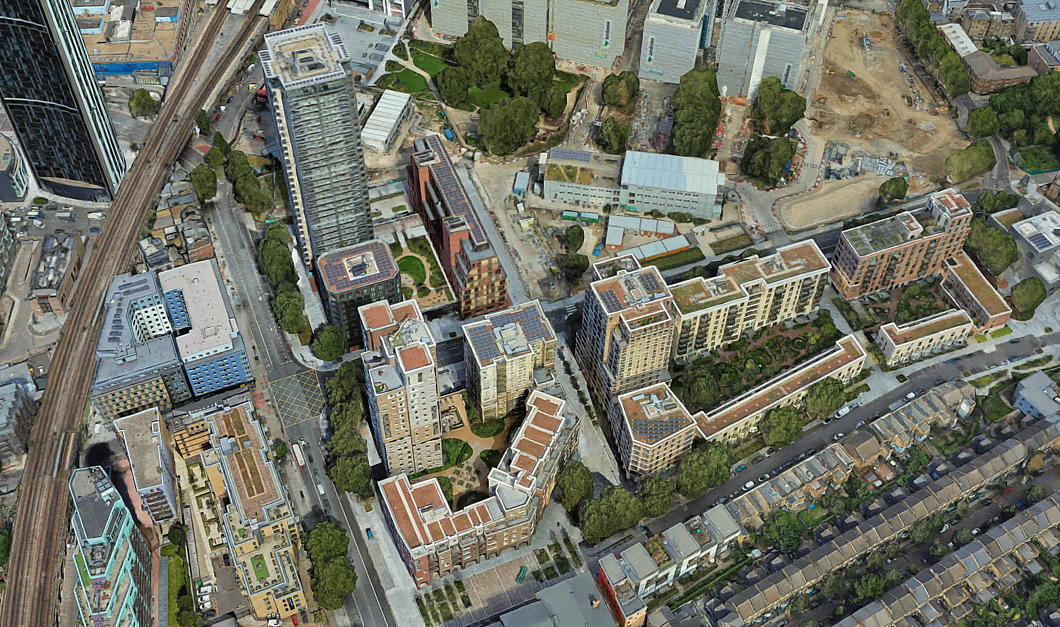
Search
Instagram: @andcusack
Click here for my Instagram photos.Most Recent Posts
- Bicycle Rack April 29, 2024
- Burns Tower April 19, 2024
- Patrick in Parliament March 18, 2024
- Articles of Note: 13 March 2024 March 13, 2024
- Cambridge March 9, 2024
Most Recent Comments
Book Wishlist
Monthly Archives
Categories


